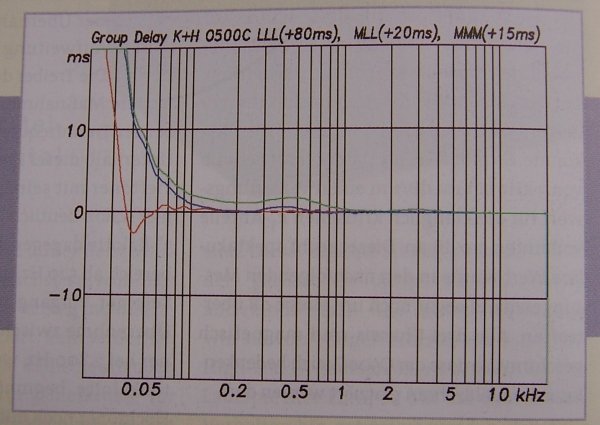Thanks Mojave! I owned audiolense about 4 years ago and I later sold it because it was too complex for me to use at the time. I believe it can be used as a plugin now with Jriver, right? Anyway, I would consider using it again, if I could find someone to teach me how to use it and set everything up properly. Let me know how the Tascam goes.
Audiolense creates filters based on your sample rate (44.1, 48, 88.2, etc) and your input selection (2.0, 5.1, 7.1, custom). You load a filter into JRiver's convolution engine and JRiver will automatically select the filter needed depending on your source file.
I had a chance this weekend to test out the Tascam US-366. It worked beautifully. It provides AES output on both the optical and coax outputs. I use an RCA to XLR cable that I used to use with my DCX2496 for digital input and set the Tascam driver for AES output instead of SPDIF. I think the digital output only goes to 96 kHz, but you can take a measurement at any sample rate and Audiolense will create filters for the other sample rates that you need. Since the Tascam uses USB power from the computer it needs to be connected. However, the mic input is routed directly to the digital output and doesn't go through the computer at all.
I used REW to do a loopback measurement of my signal chain. I used a DAC that is flat to DC for testing the Tascam's microphone input. In other words, I knew the output on the DAC wasn't going to rolloff at all and any measured rolloff would be from the mic input. On the Tascam's input it is flat down to 10 Hz and only down by .5 dB at 3 Hz. For all intents and purposes it can be considered completely flat. My microphone is down .25 dB at 5 Hz so my entire measurement signal chain is basically completely flat.
The Tascam uses an asynchronous USB connection and could be used as a USB to SPDIF/AES converter. In fact, I tried it with my DAC using optical SPDIF, coax SPDIF, and AES input. So, for about $200 you get a 4 channel DAC with asynchronous USB input, a USB to SPDIF/AES converter, a microphone preamp with almost a completely flat frequency response, and an ADC with optical/coax SPDIF/AES output.
I am currently trying to figure out which combination of hardware provides the best measurement for Audiolense and started a thread today on the Audiolense forum.
I have a Steinberg UR824 which can be used for playback/microphone input. It is has an Asynchronous USB connection and 8 channels of playback.
I also have the Lynx AES16e, a 2 channel AES DAC and an 8 channel AES DAC for playback, and the Tascam US-366 for microphone input. The Lynx AES16e is set as the ASIO audio device in Audiolense. My two AES DACs use the same DAC chips and internal clocks and are designed to be used together for a total of 10 output channels. The two channel DAC uses two DAC chips per channel in a dual mono configuration for higher quality. I hope to use this system to test passive vs active crossovers with my speakers. The only difference in the signal chain would be that the passive crossovers obviously have to go through the crossover boards. With a fully active system, the signal chain would just be HTPC > DACs > Amps > Speakers rather than HTPC > DACs > Amps > Crossover > Speakers.
I have a 7.1 system with a phantom center and two infinite baffle subwoofer manifolds (4x15" drivers each). Each manifold gets it own channel and I run two channel music with the subs in a stereo configuration rather than mono. This means I need 8 channels normally. With active crossovers, then I would need 10 channels.




